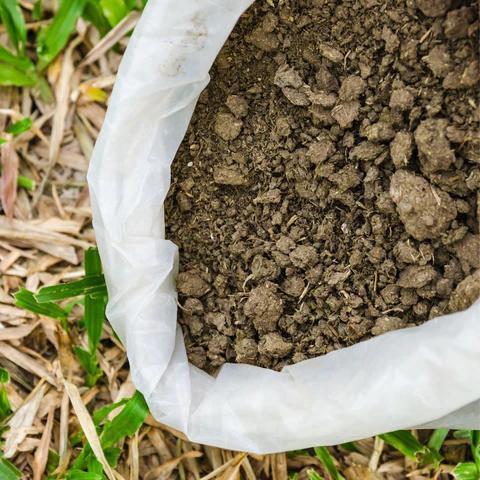
9 minute read
Indoor Growing Technologies
As the cannabis industry continue to evolve, indoor growing technologies are rapidly becoming the forefront of sustainable and efficient cultivation. From urban farming in apartments to large-scale commercial greenhouses, advancements in technology are enabling growers to produce more with less, all year round. Here's a look at some of the most exciting innovations in indoor growing technologies that are shaping the future of agriculture.
LED Lighting Advances

The advancement of LED lighting technology has been a game-changer in the world of indoor growing. With their superior energy efficiency, longevity, and spectrum adjustability, LEDs are helping growers optimize their operations in ways that were not possible with traditional lighting systems. Let's take a deeper look into the specifics of these advances and explore some examples of how LED technology is being implemented.
Efficiency and Spectrum Control
LEDs are significantly more energy-efficient than traditional HID and fluorescent lights, converting a higher percentage of electricity into light rather than heat. This efficiency reduces the energy costs for growers and minimizes the need for cooling systems, further cutting down on electricity usage. Additionally, LEDs have a much longer lifespan, often lasting tens of thousands of hours before needing replacement.
The real breakthrough, however, is in the ability to control the light spectrum. Plants respond differently to various wavelengths of light:
Blue Light: Ideal for the vegetative growth phase of plants, promoting strong and healthy leaves.
Red Light: More efficient during the flowering and fruiting stages, it encourages blooming and fruit production.
Full Spectrum: Provides a balance of cool and warm light, mimicking natural sunlight and supporting the plant in all stages of growth.
Advanced LED systems allow growers to adjust the spectrum based on the plant's stage of growth or even the time of day, optimizing photosynthesis rates and growth patterns.
Smart LED Systems
Smart LED systems take these capabilities further by integrating sensors and controllers that automatically adjust lighting based on the actual conditions of the plants or the environment. For example:
Adaptive Lighting: These systems can detect the amount of natural light available and adjust the intensity of the LED lights to provide a consistent amount of light to the plants throughout the day.
Growth Stage Optimization: Some LED systems are programmed to change the light spectrum as plants move from seedling to vegetative and then to flowering stages, providing optimal lighting conditions without manual intervention.
Examples of LED Innovations in Indoor Growing
Fluence by OSRAM: Fluence is known for its VYPR series, among other products, which are high-intensity LED lighting systems designed for greenhouse and indoor cultivation. These lights offer a full spectrum of light and are used by commercial growers to improve yields and crop quality.
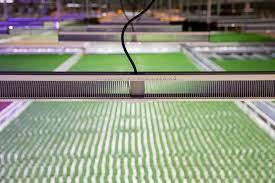


Philips GreenPower LED: Philips offers a range of LED lighting solutions, including the GreenPower series, which is specifically designed for horticulture. These lights can be used in various applications, from vertical farming to tissue culture, and come with adjustable spectra and intensities.
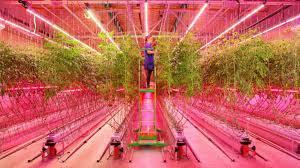
Gavita Pro 1700e LED: This is a high-performance LED grow light popular among both hobbyists and commercial growers. Its design delivers a balanced, full-spectrum light while emitting less heat, allowing for closer placement to plants and enabling versatile growing setups.
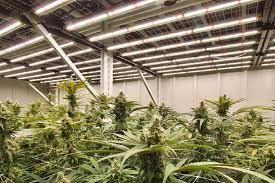
The advances in LED lighting technology represent a significant leap forward for indoor growing. With enhanced energy efficiency, spectrum control, and smart system integration, LEDs are setting new standards for what is possible in controlled environment agriculture. As these technologies continue to evolve and become more sophisticated, we can expect indoor growing to become even more efficient, productive, and sustainable, opening up new possibilities for food production and horticulture worldwide. Whether you're a small-scale home grower or a large-scale commercial producer, keeping an eye on LED lighting advancements is sure to illuminate the path to growing success.
Hydroponic and Aquaponic Systems
Hydroponics, the practice of growing plants without soil, and aquaponics, which combines fish farming with hydroponics, are set to revolutionize indoor farming. These systems use nutrient-rich water solutions and have been shown to increase yield, speed up growth, and reduce water usage by as much as 90% compared to traditional farming. Innovations are making these systems more accessible and efficient, with automated nutrient delivery, water recycling systems, and integrated fish tanks.
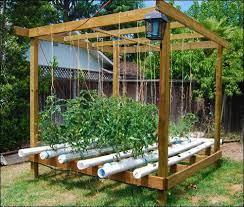
Climate Control and Automation
Advanced climate control systems are crucial in indoor growing, allowing for precise management of temperature, humidity, CO2 levels, and airflow. Innovations in this area include AI-driven climate computers that learn from the environment and plant responses to optimize conditions continuously. Moreover, automation technologies are reducing the need for manual labor by automating tasks like planting, watering, pruning, and harvesting.
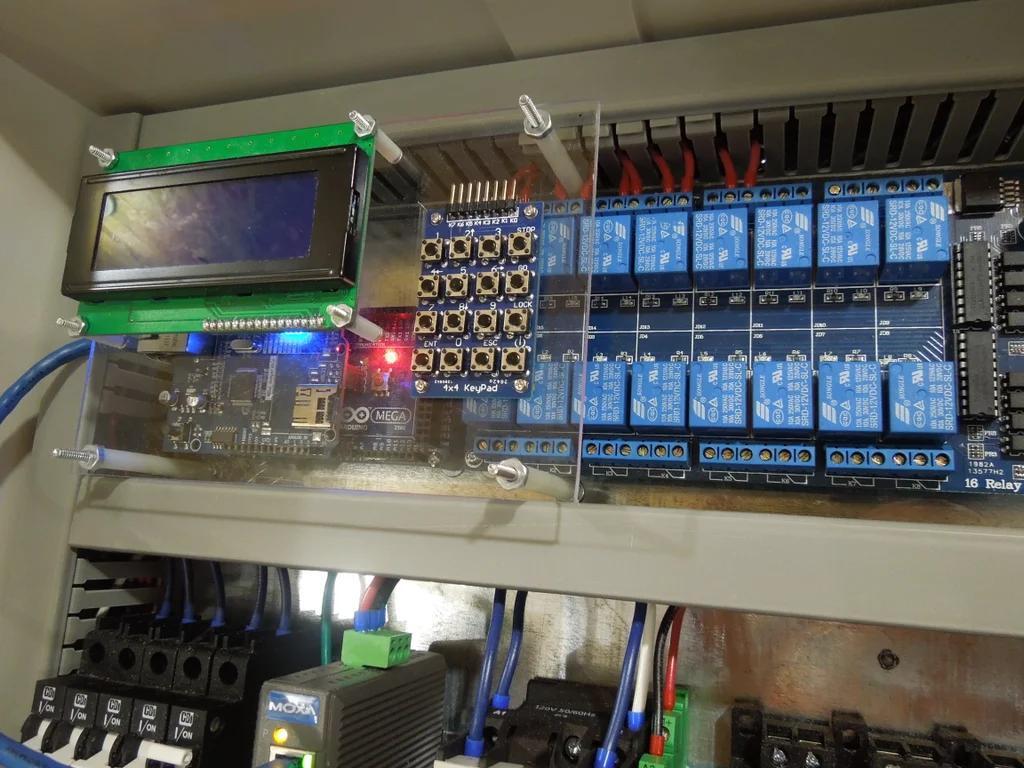
Robotics and AI
The integration of robotics and artificial intelligence (AI) in indoor growing represents a significant stride towards automation, precision, and efficiency in agriculture. As these technologies advance, they are set to revolutionize how we approach plant cultivation in controlled environments. Here's an expanded look at how robotics and AI are being used and the benefits they bring to indoor farming.
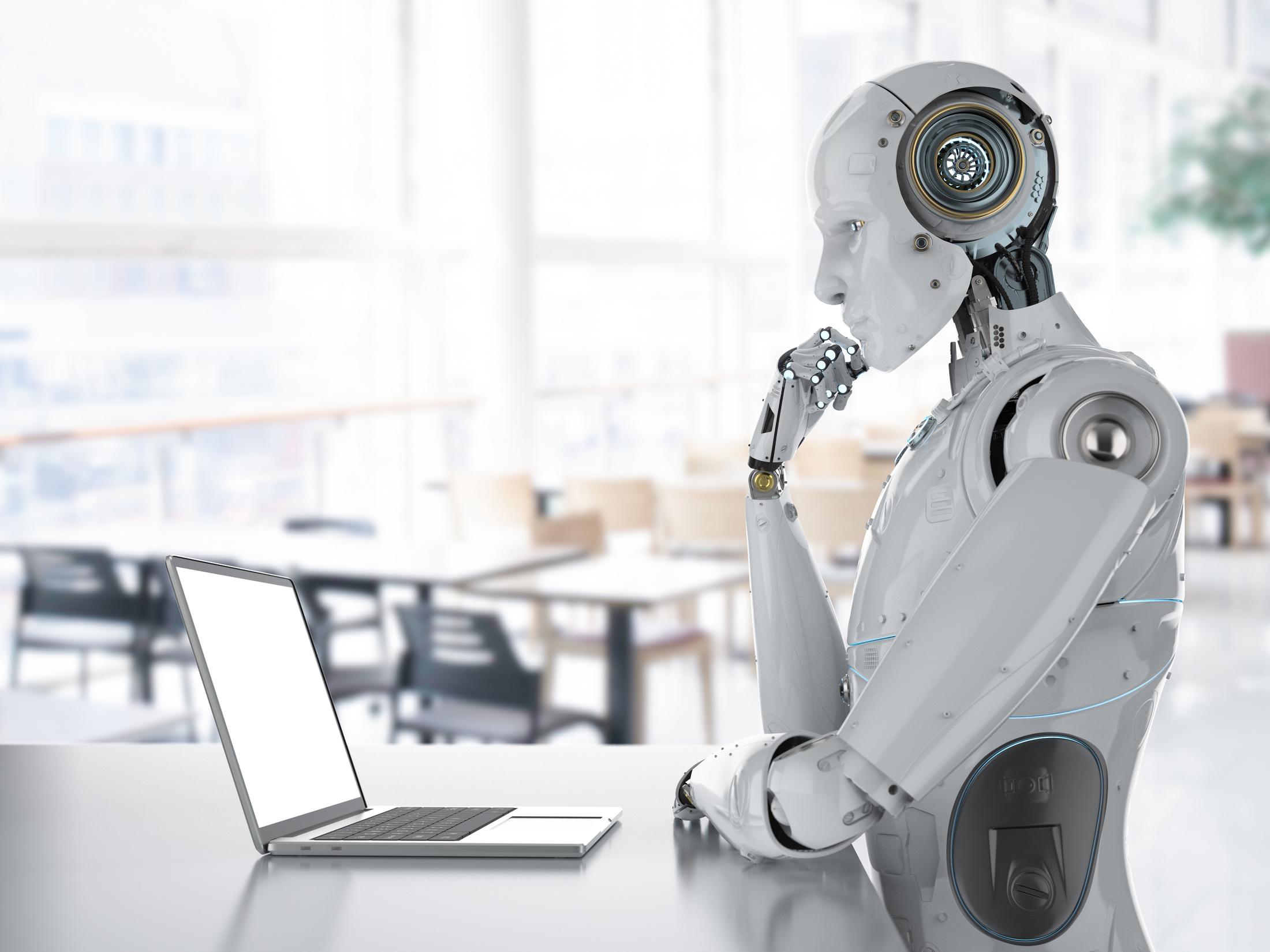
Robotics in Indoor Growing
Automated Harvesting: Robots equipped with vision systems and delicate grippers can identify when fruits or vegetables are ripe and harvest them without damaging the plant or the produce. Robots are even now harvesting cannabis plants as well. This automation can significantly increase efficiency, particularly in large-scale operations where manual harvesting is time-consuming and labor-intensive.
Planting and Seeding: Robotic systems can precisely plant seeds and transplant seedlings, ensuring optimal spacing and depth for each plant. This precision can lead to better growth conditions and higher yields.
Weeding and Pest Control: Robots can patrol the growing area, identifying and addressing weeds or pests. By targeting only the affected areas, these robots minimize the need for chemical treatments, promoting a more organic and sustainable growing environment.
AI in Indoor Growing
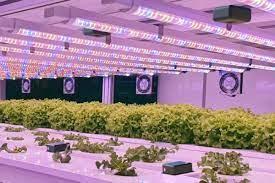
Monitoring and Diagnostics: AI can process data from various sensors (like cameras, temperature, humidity, and soil sensors) to monitor plant health and environmental conditions. It can detect signs of disease, nutrient deficiencies, or environmental stress before they become serious problems. By diagnosing issues early, growers can take preemptive action to mitigate risks.
Predictive Analytics: AI algorithms can predict how changes in the environment or care routines will affect plant growth. By analyzing historical and real-time data, AI can forecast future growth patterns, optimal harvest times, and even predict yields. This helps growers plan and manage resources more effectively.
Personalized Plant Care: Every plant is different, and AI can tailor care routines to the needs of individual plants or specific crop varieties. By understanding the subtle differences in how plants respond to various conditions, AI can optimize water, nutrients, and light for each plant, enhancing overall health and productivity.
Examples of Robotics and AI in Action
Iron Ox: This company uses robotic arms and AI-driven hydroponic systems to autonomously grow and harvest produce. Their systems are designed to use space and resources more efficiently while producing high-quality crops.
Ecoation: Ecoation's platform combines AI with human knowledge to detect plant stress signals early. Their technology can identify issues like pests, diseases, and deficiencies, helping growers take early action to protect their crops.
FarmBot: FarmBot's robots are designed for smaller-scale operations, including individual homes and schools. They make precision farming accessible to more people, promoting sustainability and self-sufficiency.
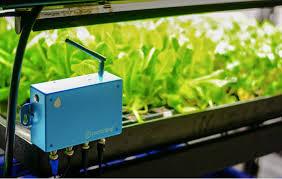
Examples of Robotics and AI in Action
While the potential for robotics and AI in indoor growing is vast, there are challenges to overcome, such as the high initial cost of implementation and the need for continuous refinement of AI algorithms to handle the complexities of biology and the environment. However, as technology advances and costs decrease, these tools are becoming more accessible and powerful.
The future of robotics and AI in indoor growing looks promising, with ongoing research and development focusing on improving the intelligence, versatility, and affordability of these systems. As they become more integrated into the agriculture industry, we can expect continued improvements in crop quality, sustainability, and efficiency.
The application of robotics and AI in indoor growing is transforming the agricultural landscape, making it more efficient, sustainable, and precise. As these technologies continue to evolve, they offer the promise of a future where indoor farming is not only more productive but also more adaptive and responsive to the needs of plants and the demands of the market. By embracing these innovations, growers are setting the stage for a new era of agricultural productivity and environmental stewardship.
IoT and Data Analytics
Internet of Things (IoT) technology is being used to connect various components of indoor growing systems, from lighting and climate control to nutrient delivery systems. This connectivity allows for the collection of vast amounts of data, which can be analyzed to further optimize growth conditions and predict potential issues before they arise. Data analytics tools are becoming more sophisticated, providing actionable insights that can lead to significant improvements in efficiency and productivity.

Sustainable Practices and Materials
As sustainability becomes a more pressing concern, innovations in sustainable materials and practices for indoor growing are emerging. This includes the use of recycled materials in construction, solar-powered energy systems, and water-saving technologies. Growers are also experimenting with organic and natural alternatives to traditional chemical nutrients and pest control methods, reducing the environmental impact of indoor farming.
Indoor growing technologies are advancing rapidly, offering exciting opportunities for sustainable, efficient, and high-yield agriculture. From LED lighting and hydroponics to robotics and AI, these innovations are not only transforming the way we grow cannabis but also where and how efficiently we can do it. As these technologies continue to evolve, they promise to make indoor growing more accessible, sustainable, and productive, leading to a future where fresh, local produce is available no matter the location or time of year. Keep an eye on these innovations as they develop, as they are set to change the landscape of agriculture and indoor growing in the years to come.
